
Field Equipment


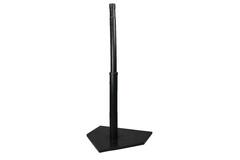

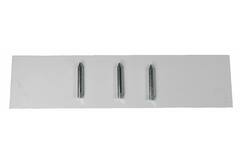

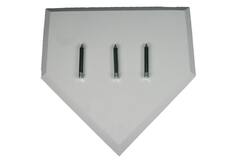

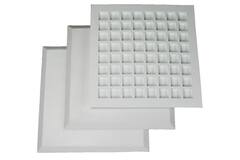

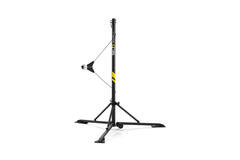







Baseball / Softball Field Equipment
History
Robert Keating is credited with developing the first official baseball home plate. It was introduced during the 1900-1901 season. Prior to the standardization of modern baseball, many people played without a home plate.
Materials: Batting Tee and Bases/Plates
Baseball and softball batting tees are typically made with a sturdy iron base. The bottom of the tee features a rubber surface that ensures the tee stays in place during use. The top of the tee has a durable rubber component where the ball is placed. Some tees also feature a plastic base. Batting tees are adjustable in height, ranging from 24 to 46 inches, making them suitable for players of all ages.
Baseball bases are made of rubber, and a baseball home plate is a white, five-sided plate.
User Moments
Batting tees are primarily used as training tools. They allow players to practice their batting technique, focusing on hitting the ball as far as possible and improving their swing position. The baseball home plate is the starting point for a player’s run around the bases. To score a point, a player must complete a full round, touching first, second, third, and finally returning to home plate.
All baseball and softball fields have home plates and bases. When a runner reaches second base, they are typically in a scoring position, making second base especially crucial, as well as third base. The defending team’s objective is to prevent the attacking team from scoring by preventing players from reaching home plate.
Ages
The tee is an essential tool for children to safely and enjoyably play baseball and softball. Adults also frequently use them for training purposes. By adjusting the tee’s height, players can practice at various levels and learn how to make perfect swings at different pitch heights. Lightweight T-ball sets are available for younger children, typically between 3 and 4 years old.
Pitching Plate
The pitching plate is located at the center of the diamond, equidistant from all bases. From this point, the pitcher throws the ball to the batter. The pitching plate is a square, white rubber surface that serves as the pitcher’s starting position.

